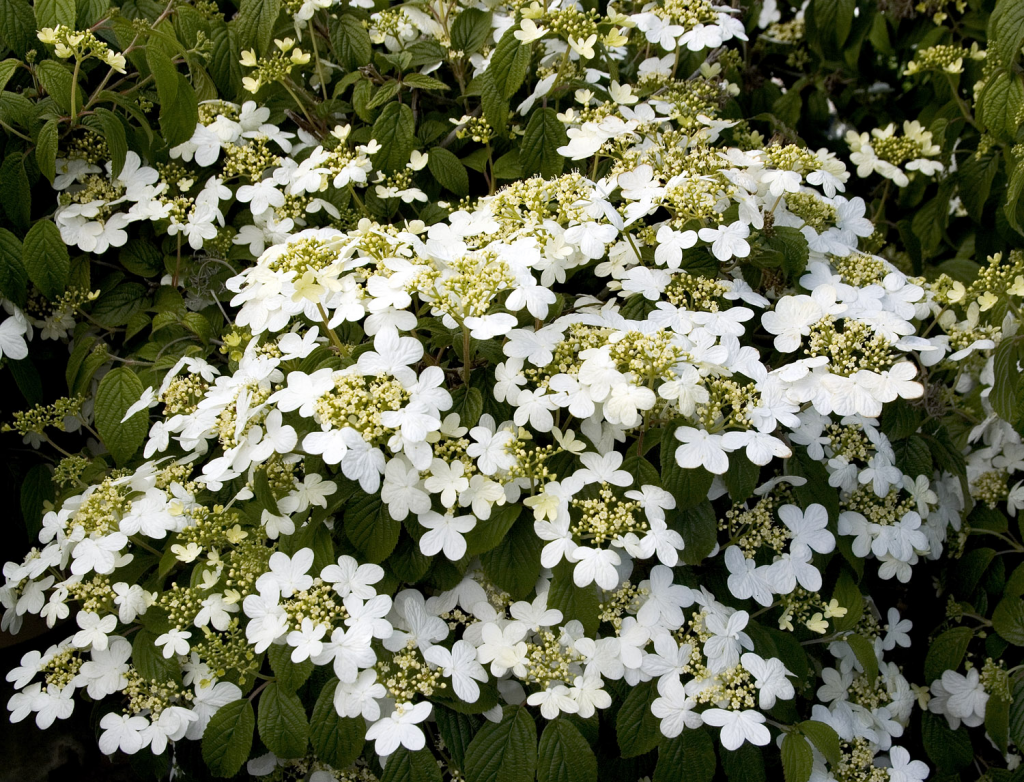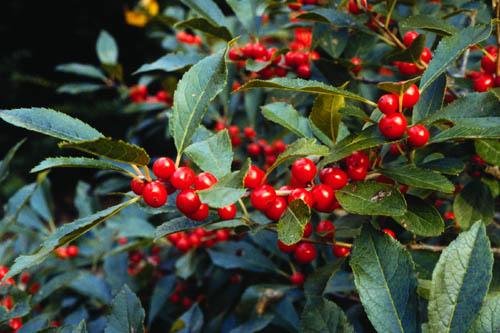New England’s Native Green Scene
Text by Stacey Marcus
Looking to create or add to your landscape? When it comes to selecting shrubs and trees, there is really no place like homegrown. “Gardeners using plants that are indigenous to New England will see them flourish as they are at their healthiest when in their native environment. Additionally, native plants are critical to the region’s birds and pollinators and should be a part of all gardens to help our New England ecosystem thrive,” says Joe Raboine, residential business manager with Belgard.
Patrick Greggo, regional nursery manager at SiteOne Landscape Supply agrees, noting that gardeners will benefit from what the bees, butterflies and birds know: New England native plants offer a bounty of benefits. Here are five native New England plants:
White Oak Tree

“The white oak is a staple for a New England and a foundation for everything in your garden,” notes Greggo. Providing a natural canopy of shade, plants thrive under its protection and animals love to munch on its acorns. This sturdy tree brims with gorgeous colors in the fall.
Planting tip: Need at least four hours of sunlight each day. Best planted in the spring season so they have time to take root before our tough New England winters.
Classic Red Maple Tree

“This tree is as traditional as it gets in New England,” says Greggo. The fast-growing tree is resplendent with fiery red leaves in the fall and provides a nice canopy allowing other plants to flourish in its shade. Red maples come in various shapes and sizes from the big and bold October Glory to the stunning Red Sunset, or the slimmer Armstrong Maple with its red to orange fall tone.
Planting tip: Its roots grow close to the surface so avoid planting it close to a sidewalk. These are strong trees and can be planted at almost any time of year but always be extra cautious in the heat of summer.
Summersweet

Summersweet shrubs are great choices for July and August as they bring beauty to your garden in the blaze of summer when other plants may have surrendered for the season. Varieties like Ruby Spice Hummingbird and 16 Candles also help attract bees, which help pollinate the garden to detract pollutants.
Planting tip: Plant summersweet where it has lots of room to grow as it can reach between 5 to 7 feet high and 6 to 8 feet wide. Note that summersweet can be easily trimmed yearly just after flowering to help hold there shape and size and can be planted anytime of the year.
Arrowwood viburnum

This fragrant shrub provides privacy as well as perfuming the air with its sweet scent. “The wonderful thing about the viburnum, along with being an important pollinator, is that it has different bloom times throughout the year,” notes Greggo. Bees love to drink from its blossoms in the late spring and summer while birds adore its berries in the fall.
Planting tip: Prune just after it flowers o give it some shape then leave it alone through the rest of summer and fall to allow for the best possible berry production. Plant these at any time of year but watch the heat of summer for extra watering needs.
Winter Holly

These iconic shrubs bring joy all year round. Best known for their vibrant red berries, they provide a lovely green backdrop in the summer, yellow fall color and beautiful red berries that ripen in September through the holiday season. Most people think of the standard glossy leaf evergreens, but deciduous varieties are stunning berry producing plants look great in the landscape and give great food for the winter birds in the garden.
Planting tip: The deciduous hollies thrives in soil that is rich with organic material and generally requires no fertilizer. Plant them anytime of year but always pay attention to watering during the heat of summer.




